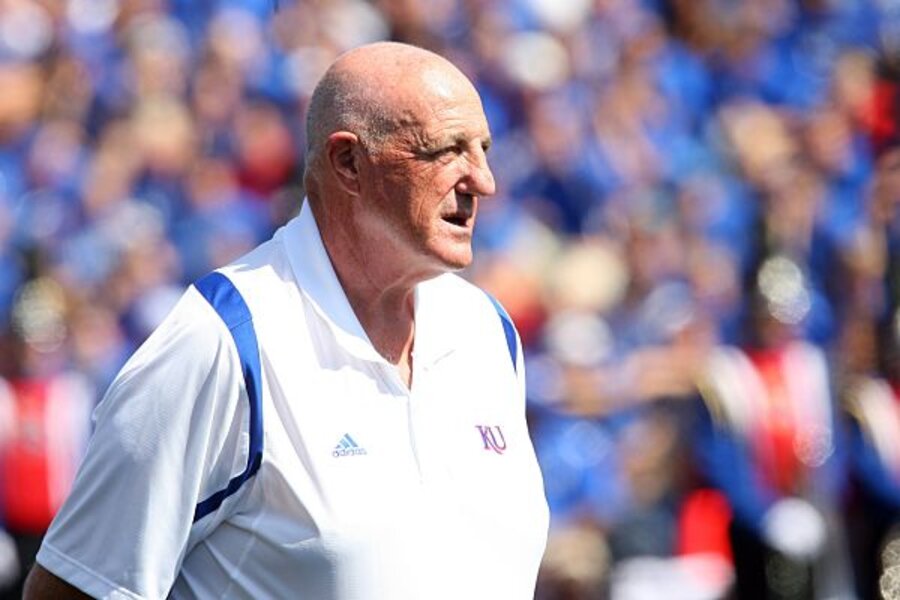Is an athletics director worth $85,000 a week? Kansas Jayhawks think so.
Loading...
Major college athletic programs are run in ways that are very similar their professional brethren. They compete in markets for top talent (except that in college, the players can't be paid). They practice price discrimination.
For example, colleges routinely give ticket discounts to students, an example of what we economists call third-degree price discrimination. They use two-part tariffs to allocate tickets. In the pros, they use personal seat licenses. In college, they use donations. Both the pros and the colleges employ revenue sharing. The primary difference between the colleges and the pros is that the revenue programs in college, generally football and men's basketball, generate revenue for cross-subsidization of non-revenue programs.
But Phil, you'll say, colleges are non-profit while the professional team owners do what they do for profit. Fair enough, but I'd counter that being a non-profit in terms of tax status only restricts what you do with excess income. It does not restrict your underlying motive. Moreover, colleges try to generate as much revenue as possible. Further, since most of their costs are fixed costs, as in the pros, maximizing revenue is the same as maximizing profits (or minimizing losses).
So when I see, for example, coaching salaries in the academy that look similar to those in the pros, I usually don't raise an eyebrow.
But this raised both of my eyebrows.
Lew Perkins, the University of Kansas athletic director, was the state’s highest-paid employee in 2007 at $646,281.
But that’s a paltry sum compared with what Perkins received in 2009 — $4.4 million.
Perkins’ pay is the equivalent of $85,000 a week — about 10 KU students’ average yearly tuition payments. What’s more, $4.4 million appears to place Perkins far beyond that of any athletic director in the nation.
Nice pay if you can get it. Andy Zimbalist is quoted in the next paragraph and he, like me, was flabbergasted. Iowa State's Jamie Pollard was paid $379,000 in 2009. The Kansas City Star has done some research on AD salaries and finds that Mizzou's Mike Alden gets base pay of just over $234,000 with some potential for bonus pay, but nothing even close to $4.4 million. Texas, where everything is supposed to be bigger, pays its AD, DeLoss Dodds, $750,000.
According to the article, the next highest salary is the nearly $1 million paid to Florida's AD Jeremy Foley. Shoot, Perkins got paid more last year than KU men's basketball coach Bill Self last year, and AD's usually aren't in the same salary league as their football and basketball coaches. Where did KU get the money?
Jim Marchiony, associate athletic director at Kansas Athletics, said the more than $4 million required for Perkins’ compensation package in 2009 came from general Kansas Athletics revenue, including supporters’ donations, conference revenue, student fees and other sources. No specific fundraising effort was used to raise money for Perkins’ bonuses, he said.
I don't blame Perkins for taking this kind of pay and he's done some good things at KU according to the KC Star. But $4.4 million seems like a steep price to pay for an AD, especially one that was apparently paid less than $150,000 at Connecticut. But like I said: nice pay if you can get it.
Add/view comments on this post.
------------------------------
The Christian Science Monitor has assembled a diverse group of the best economy-related bloggers out there. Our guest bloggers are not employed or directed by the Monitor and the views expressed are the bloggers' own, as is responsibility for the content of their blogs. To contact us about a blogger, click here. To add or view a comment on a guest blog, please go to the blogger's own site by clicking on the link above.





